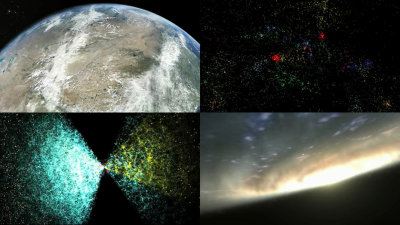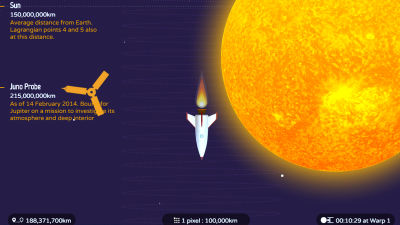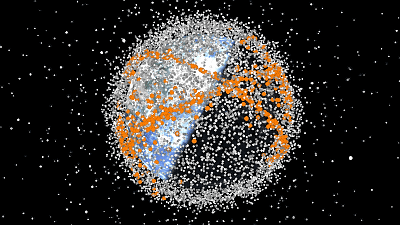Voyager 1 is scheduled to reach one light day from Earth in November 2026, about 50 years after its launch.

by NASA/JPL-Caltech, Public domain, via Wikimedia Commons
On November 13, 2026, A Human-Made Object Will Reach One Light-Day From The Earth For The First Time In History | IFLScience
https://www.iflscience.com/on-november-13-2026-voyager-will-reach-one-full-light-day-away-from-earth-81432

Considering the vastness of space, the speed at which artificial objects move is extremely slow, with the highest speed of a man-made object being 39,897 km/h, established by Apollo 10 in 1969. If traveling at this speed, it would take 3,730 hours (about 155 days) to travel one astronomical unit (AU) , the average distance between the Earth and the Sun.
While 155 days to reach the destination seems incredibly slow, if you travel by light or radio waves, it takes just 8 minutes and 20 seconds to travel 1 AU. 'This really highlights how amazing it is to have no mass,' IFLScience says.
Voyager 1, the farthest man-made object from Earth at the time of writing, has been navigating space for nearly half a century since its launch in 1977. As of November 2025, it will be located about 169.5 AU from Earth, and it will take about 23 hours and 30 minutes for a signal from Earth to reach it.
Using NASA data , IFLScience's resident astronomer, Dr. Alfredo Carpinetti, calculated that Voyager 1 will reach a distance of approximately 25.9 billion kilometers, or one full light-day, from Earth on November 13, 2026. After this date, Voyager 1's distance will change as Earth orbits the Sun, but it will never return within 24 light-hours of Earth.
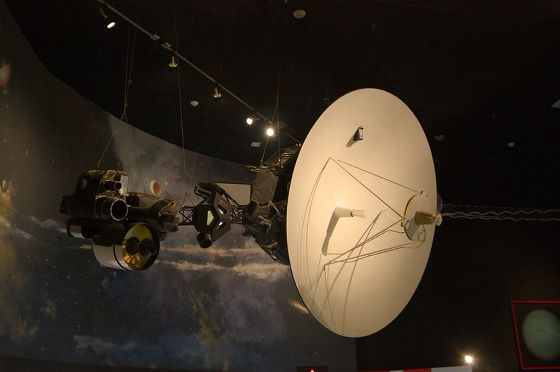
by
Even after passing one full light-day from Earth, Voyager 1 will continue to follow NASA's guidance until it runs out of power in the early 2030s. After that, Voyager 1's journey won't end, as it will leave our solar system, pass through the Oort Cloud , and eventually approach the star Gliese 445 .
The Oort Cloud is a theoretical group of celestial bodies thought to surround the outer solar system in a spherical shell shape, with short-period comets likely originating from within the Oort Cloud and long-period comets from outside. At the lower end of the estimate, the Oort Cloud is thought to originate at a distance of about 1,000 AU from the Sun, meaning Voyager 1 may reach the Oort Cloud in the next few centuries. However, because the Oort Cloud is so vast, it is estimated that it will take approximately 30,000 years to pass through it.
If Voyager 1 leaves the Oort Cloud without colliding with any celestial body, it should be able to continue its journey unscathed for a long time. According to a paper predicting the spacecraft's future approach to stars, Voyager 1 will encounter a star called Gliese 445 in about 44,000 years. Gliese 445 will not be the last star Voyager 1 will reach; in about 303,000 years, it is expected to approach a star called TYC 3135-52-1 .
'Based on the data, it's unlikely that Voyager 1 will be captured by a star anytime soon, and it will likely continue to drift through space relying solely on the Golden Record ,' IFLScience said.
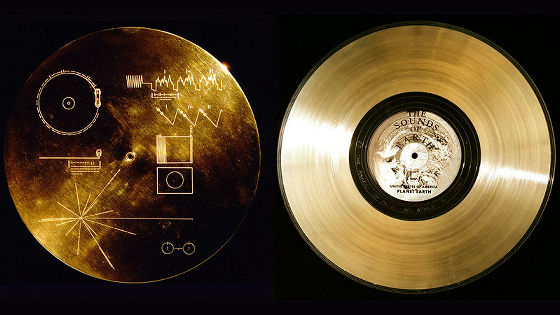
Related Posts:
in Science, Posted by log1h_ik

